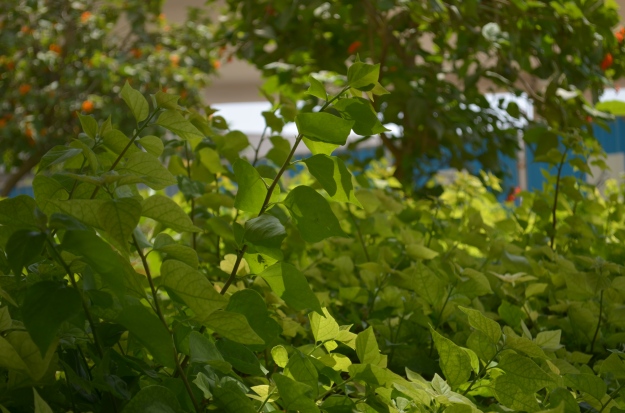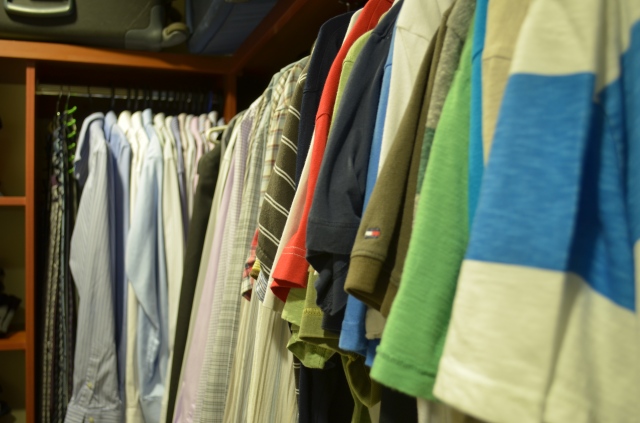The object of this exercise is, again, to photograph movement and note how different shutter speeds affect the results. I will also experiment with a technique known as panning; following a moving subject with the camera and keeping it in the frame. For this exercise I decided to continue photographing the cyclist from the previous exercise in order to directly compare results. My camera was set on a tripod, but with the head loose to allow the camera to swing around.
Images 9, 10 and 11 were taken with a 1/400 s shutter speed. The image is sharply frozen with no sense of movement.
Images 12, 13 and 14 were shot with a 1/200s shutter speed. Again, the subject is sharply focused. However there is a slight sense of blurring in the background.
With the camera set to 1/100s shutter speed there is a little motion blur with both the subject and background, although this may also be a result of my still developing panning skills.
Images 18, 19 and 20 were taken with a 1/60s shutter speed. This shutter speed seems to capture the subject fairly sharply while allowing the background to become streaked. This gives the impression of movement. I think image 19 is a particularly good example of this.
At a 1/25 s shutter speed both the subject and background have become blurred. This further increased as I reduced the shutter speed to 1/10s, as seen below.
The motion blur in this photograph conveys the the idea of movement and speed.
I compared the images 1-8 from the shutter speed series with the panning series images 9-22 to select the photograph that I like most. The images taken with a fast shutter speed, such as 1/400s, resulted in sharp photographs with the cyclist and the location identifiable. However, they did not show movement.
The photographs with some degree of motion blur seemed to appeal to me more. However, image 22, which has both foreground and background blurring, made me think of not only the cyclist racing by, but also the world rushing past.
The image that I preferred was image 7 from the Shutter speeds exercise.
The 1/20s shutter speed has captured the movement of both the bicycle and cyclist while the buildings in the distance remain fairly sharp. This shows both motion and speed in the photograph subject.
This exercise has shown me the effect that differing shutter speeds and panning can have in photographing movement. I also found that panning was more difficult that I initially realised as noted by the slight blur in images 15, 16 and 17 take with a 1/100 s shutter speed.



































